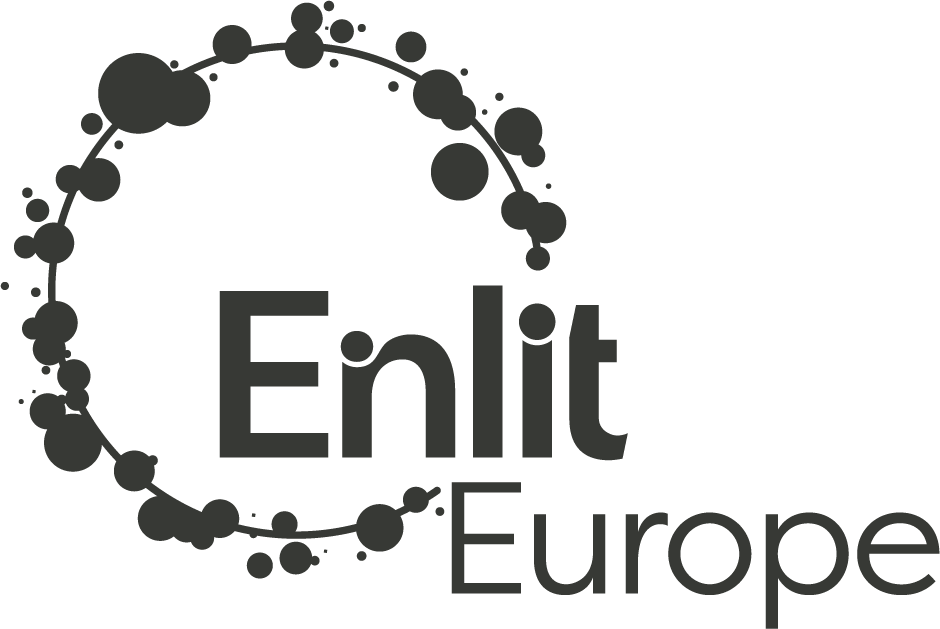We need to drastically increase flexibility within our power systems to ensure sufficient renewables integration and achieve the world’s net-zero pledges and Paris Agreement goals.
This was one of the core sentiments expressed by Enrique Gutierrez, Analyst at the International Energy Agency, in his session at Enlit Europe.
According to Gutierrez, flexibility plays a key role in reaching emissions targets and how the world is tracking on the road to net zero.

“Progress has been made since the Paris agreement, with countries announcing their zero pledges at COP26 in Glasgow. However, we need to accelerate the deployment of clean energy.”
The International Energy Agency (IEA) created various scenario’s to track the world’s decarbonisation progress, as well as to measure what still needs to be done.
Solar and wind will lead the generation space. However, the Net Zero Emissions by 2030 scenario requires around 1000GW of solar and wind to meet decarbonisation and energy access goals.
Gutierrez: “Adding this amount of renewable energy will radically change the way we operate our system.”
Across the various scenarios, variable renewables take the lion’s share in generation supported by dispatchable low carbon fuels

According to Gutierrez, there needs to be an ambitious and dramatic increase in installed capacity in order to meet the net-zero goals. This, in turn, will require a rapid increase in investments.
“One of the key areas requiring investments is grids – which will be a key enabler of the flexibility requirements to allow the increase in variable renewable energy.”

Achieving flexibility
Gutierrez explained that in order to transform power systems and increase renewables, flexibility is vitally important. In order to cover flexibility requirements, the world can expect a change in the generation matrix to ensure a variety of available resources.
“Coal will be displaced although it will continue to play a role in terms of flexibility. New technologies such as batteries and demand response will kick in and interconnections will play a much more significant role in balancing the power system.
“Of course, to enable the interconnections, we need investments in grids and networks to support inter-regional trading.”

Gutierrez emphasises the importance of preparing markets for the participation of these new technologies and renewable resources in order to drive deployment and ensure remuneration for the value they provide to the system.
As renewable capacity increases, another key consideration to be addressed is maintaining system inertia – which is key to stability, said Gutierrez.
“We need to update practices and regulatory frameworks to incentivize the right mix of technologies in the power system”.
In terms of systems and technologies, Gutierrez explained what is required depending on the amount of variable renewables integration.
- With +- 60% share of instantaneous renewable penetration, more stability can be guaranteed by maintaining some conventional generation rotating machines.
- With higher variable renewable deployment, +- 80% penetration, new market or response services can be introduced to keep the system in balance.
- In systems with 80% + of renewable integration, technology or asset-based solutions become key. These include synchronous condensers as well as developing grid forming capabilities such as batteries.
Many of these solutions are in the R&D phase, however, deployment at scale still needs to be understood properly in a way that minimises cost, said Gutierrez.
Another source of flexibility will be interlinking to other parts of the energy sector, such as the planned interlinking between the gas and electricity grid, which, according to Gutierrez, is becoming more critical.
“Gas will provide a significant role in providing flexibility in the short term, so we need a greater understanding of the flexibility that can be provided by the gas grid that can be relied upon by power system planners to cope with seasonal fluctuations.”

To ensure flexibility, said Gutierrez, we will see an increased focus on demand shaping to cope with and reduce peak loads, as well as smart charging.
As transport electrifies, smart charging will become more important to ensure system savings, however, to achieve this successfully, Gutierrez recommends closer policy coordination between sectors providing appropriate pricing signals.
Gutierrez concluded by emphasising the need to shift our understanding of the power system, from a traditional centralised system to a new decentralised system.
“This requires demand response in buildings, transport and also using the capabilities in variable generation and ensuring we have a better-interconnected system to enable coordination in a secure manner.”

We can’t wait to see you in Milan
Enlit Europe will bring the energy community together during the live event in Milan (30 November – 2 December 2021). Register here










